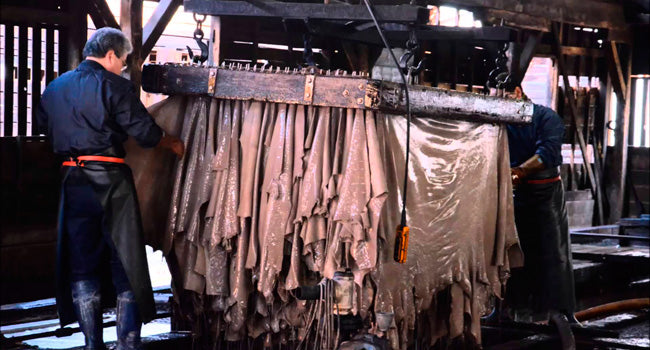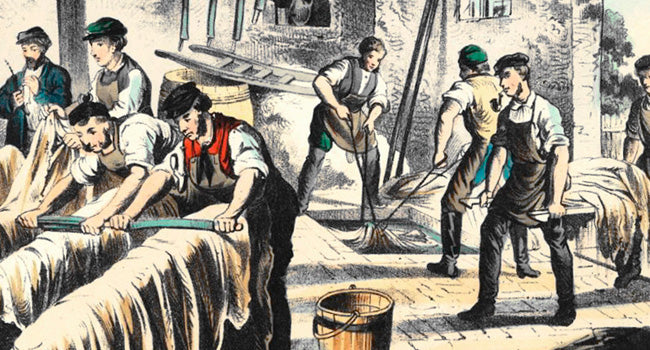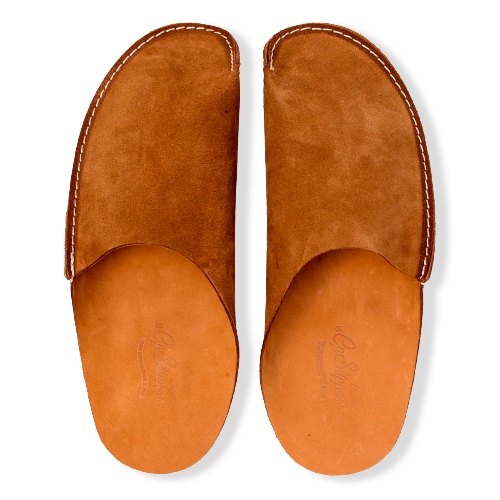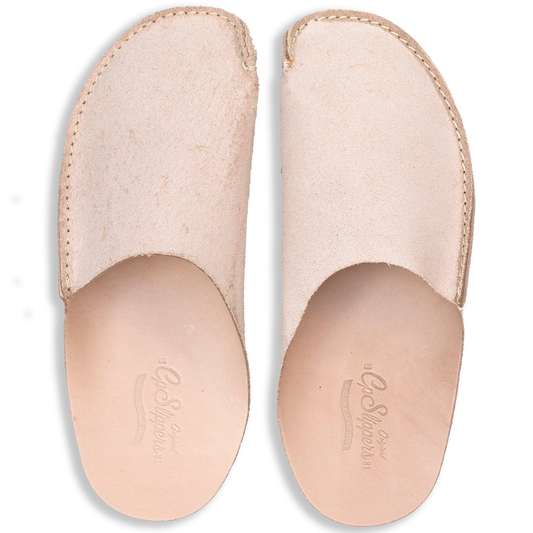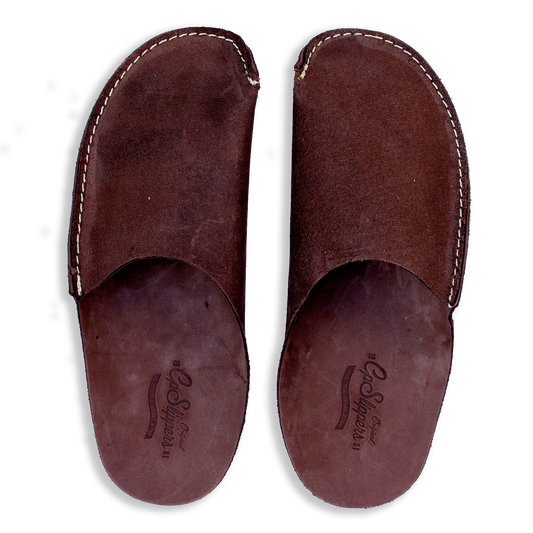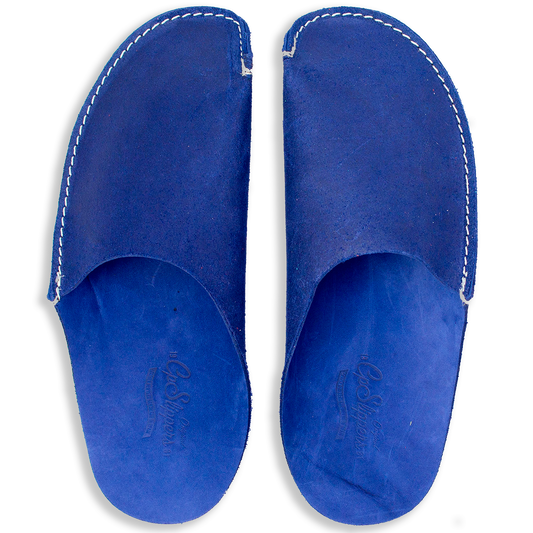Humans have used leather since too time ago. The saying goes that prostitution is the oldest profession, but leather crafters worldwide would probably argue theirs is the oldest craft and profession. There were likely men selling leather before there were prostitutes.
Just look at Genesis 3:21, "The Lord God made garments of skin for Adam and his wife and clothed them." From the New International Version (NIV) Bible
Or, Homer's Iliad (Written sometime between 1260–1180 BC):
"The ox hide, which is soaked in fat, is pulled to and fro by men standing in a circle, thus stretching the skin and causing the fat to penetrate into the pores."
Humans first began using animal skins to protect themselves from the elements about 500,000 years ago. They scraped the flesh off the skin, flung it over their shoulders like a coat or cloak, and wrapped pieces around their feet to make primitive shoes. Eventually, they realized if the skins were stretched out in the sun and left to dry and rubbed with oil and bark from certain trees, they felt softer and lasted longer. That was the beginning of tanning. Although it's impossible to pinpoint the exact date the process was first used, by 5,000 BC, the man had mastered tanning hide.
Widespread Use of Animal Skins
Early human civilizations worldwide used tanned leather for a variety of purposes in addition to making shoes and clothing. Among the ancient Greeks, tanners and shoemakers were highly respected artisans. They used barks from alders, conifers, mimosa, pomegranate peels, sumac leaves, acorns, walnuts, alum, and fish oil in the tanning process.
A Variety of Animal Skins
Ancient leather crafters worked with many different animal skins. According to Homer, the Greeks used cow, goat, and weasel hide to make shoes and clothing. The Roman emperor Diocletian even issued a proclamation setting the price of the tanned skins of goats, lamb, sheep, deer, leopards, lions, beaver, seals, and other animals used to make shoes and clothing based on their quality. In 1873, ash-preserved ruins of a tannery were unearthed in Pompeii. During the Middle Ages, the Arabs and Moors were known for their remarkable skill in making beautiful items of goatskin and other hides.
Techniques Still Used Today
In Medieval England, master artisans and craft guilds made beautifully decorated saddlery, sword cases, dagger sheaths, book covers, and artworks tanned hides. The method of using flasks from animal skins is still widely used today.
Many leather crafters believe the history of leather is a never-ending tale of their craft.
Read more about the historical use of leather by the artisans in the CP Slippers Brand Book.



